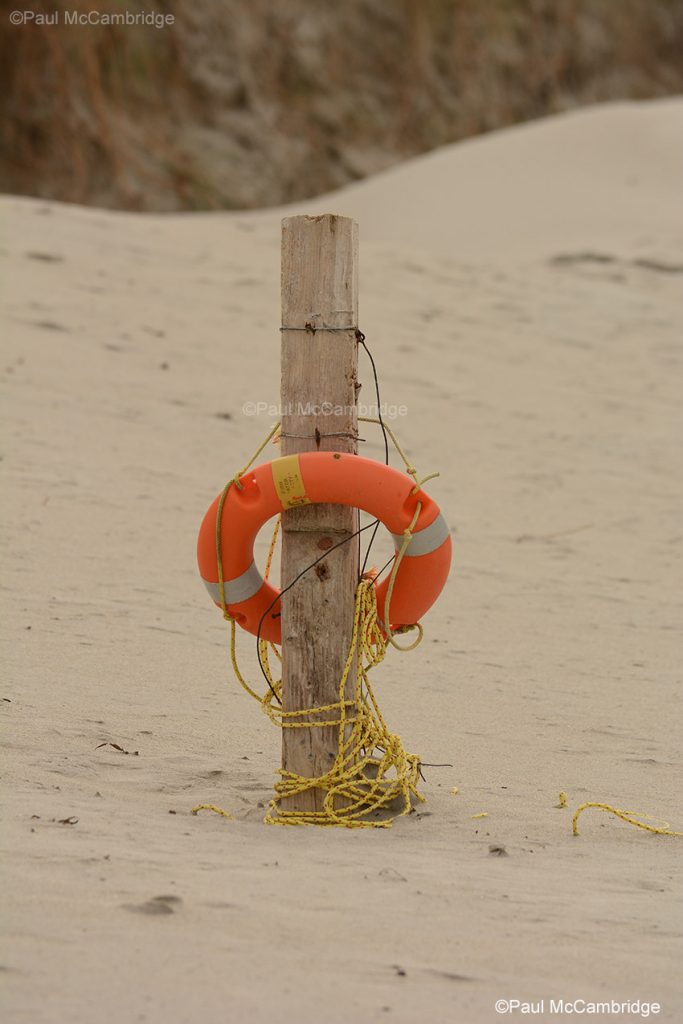
Outdoor swimming is a great year-round sport and growing fast in popularity, but this is not the controlled environment of the swimming pool. There are often no life-guards, the shore may be further away than you think and the water is much cooler; the average public pool temperature is around 27’ – 28’ Centigrade, the average sea temperature around Ireland ranges from 8’ to 18’C. Add to that, wind chill and water movement and in February temps can get really low (I have personally recorded swims at 3’C!) Lakes tend to warm up and cool down quicker, some getting to icy depths in winter.
If you can swim, you can swim outdoors, just as with any other outdoor activity, wild swimming is only dangerous if swimmers take unnecessary risks. Common sense and a little preparation can make it safe and fun.
Remember that outdoor conditions – rain, wind the tides, ambient temperatures – change all the time. You will never have the same swim twice. This is why swimmers keep coming back for more because wild swimming is never boring!
Never Swim Alone
The number one rule of swimming; always swim with a buddy, it gives you each a safety back-up and it’s more fun as a shared experience.
BE VISIBLE
Wear a bright swimming cap to make yourself visible to any boats or craft in the area. All that will be visible is your tiny head, which any wave more than a few inches will hide, and your flying arms – unless you breast stroke, in which case only your head will be visible. This is where tow-floats come in handy – much more visible to craft.
SWIM PARALLEL & CLOSE TO SHORE
You can get back to safety more easily if you swim parallel to shore than if you swim straight out to sea or to the middle of a lake.
Swim Failure can happen to ANY swimmer, this is when the muscles are too cold to respond to the nerve signals and the swimmer can no longer keep themselves above water. If you stay close, in depth and swim with a buddy this will not end in tragedy.
GET OUT WHILE YOU STILL WANT MORE
Your body temperature will continue to drop as you swim and in cooler temperatures (below 10’C) you may soon risk Swim Failure (mentioned above). This starts to take effect in as little as 10 minutes. Add to that, the body continues to cool after swimming for a further 20 minutes. Get out wanting more and your whole experience will be a positive one!
WATCH THE WEATHER
Don’t try to swim in very rough conditions; no matter how strong you think you are the water is always more powerful. It is very difficult to breathe or navigate in choppy water. In FOG you will lose your bearings and will not be visible to others.
BE AWARE OF THE COLD
Recent findings state that around 60% of drownings in Britain and Ireland are due to Cold Shock Response the immediate physical response to sudden cold which causes involuntary inhalation. In waters around 15’ C it can be difficult for even strong swimmers to hold their breath when suddenly immersed. It takes an inhalation of only 1.5 litres of water to drown an adult.
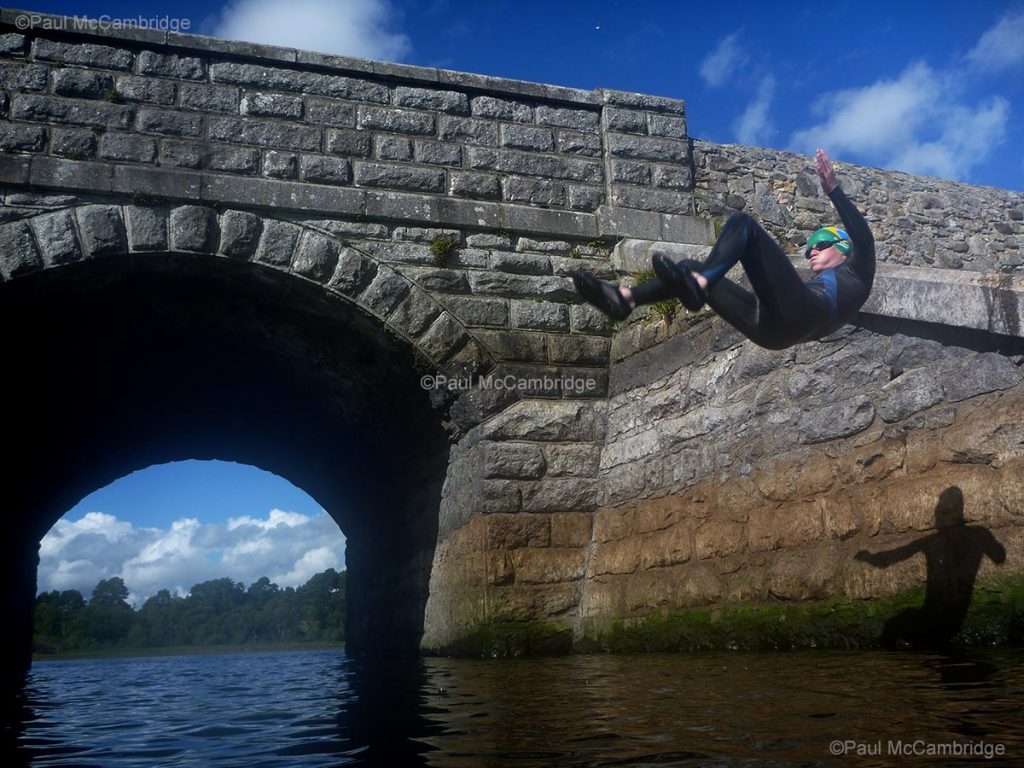
The solution? DO NOT jump straight in – no matter how inviting the water looks. Instead follow the ritual of seasoned outdoor swimmers; get in slowly, wet your arms and face, lower yourself in gently, swim head up at first to acclimatise and control your breathing. Then, once you are no longer gasping or out of breath you may put your head down and speed off.
Body temperature drops extremely quickly in the water and after swimming, you may experience a further drop – after drop. Be sure to have warm clothes to change into, a hat and a warm drink after your swim.
KNOW YOUR LIMITS!
Know your own swimming ability, how well you can function in the cold and your knowledge of currents, tides and your ability to read the conditions. If you are less confident, swim with an experienced group or buddy, stay within your depth and close to an easy exit point.
Essential Kit
A SENSE OF ADVENTURE!
All outdoor swimmers have a little rebel streak in them. Celebrate that and enjoy the exploration of new places, or old ones seen from a new perspective.
#SWIMSENSE
It seems tedious to re-iterate but use your noggin! If your gut feeling is it’s a bad idea – then it probably is. Confidence is all very well but competence is key; know your own limitations in swimming ability and your capacity to deal with the cold. Seek advice from others and start gently, enjoy building your confidence, skill and power in the water.
Desirable Kit
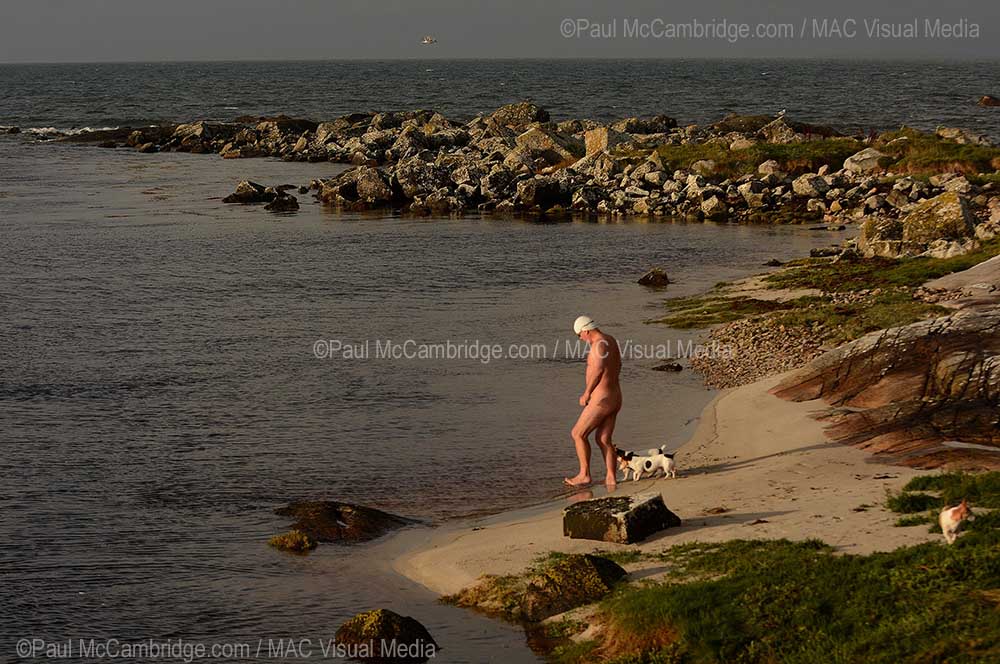
Swim Suit
Essential at popular beaches but there are plenty more places where this is optional!… Check out our Map to find locations that may suit you!
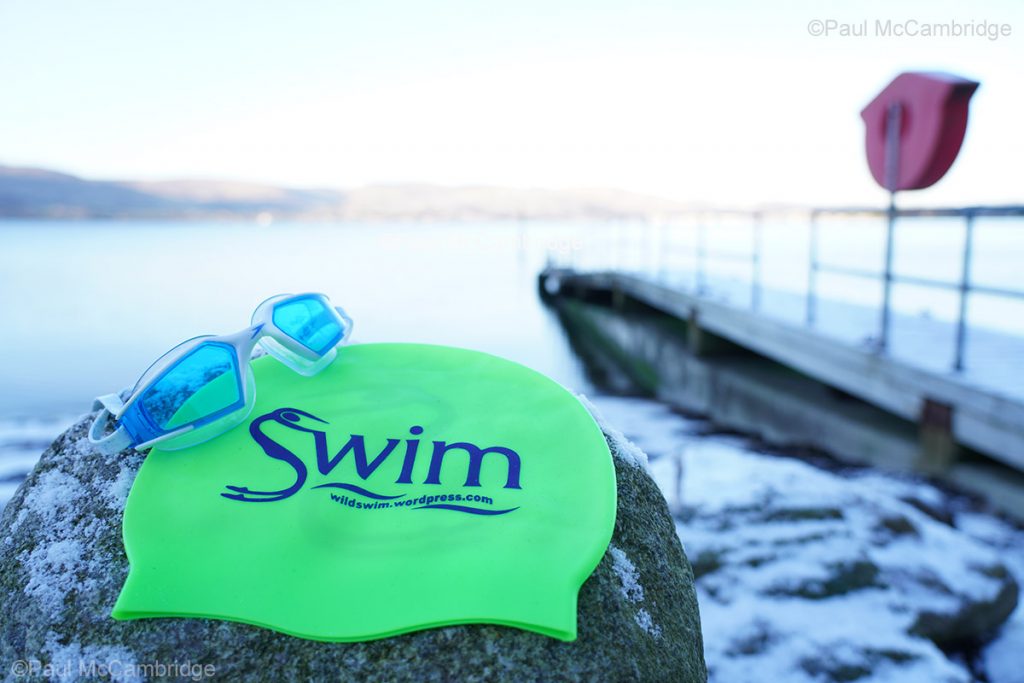
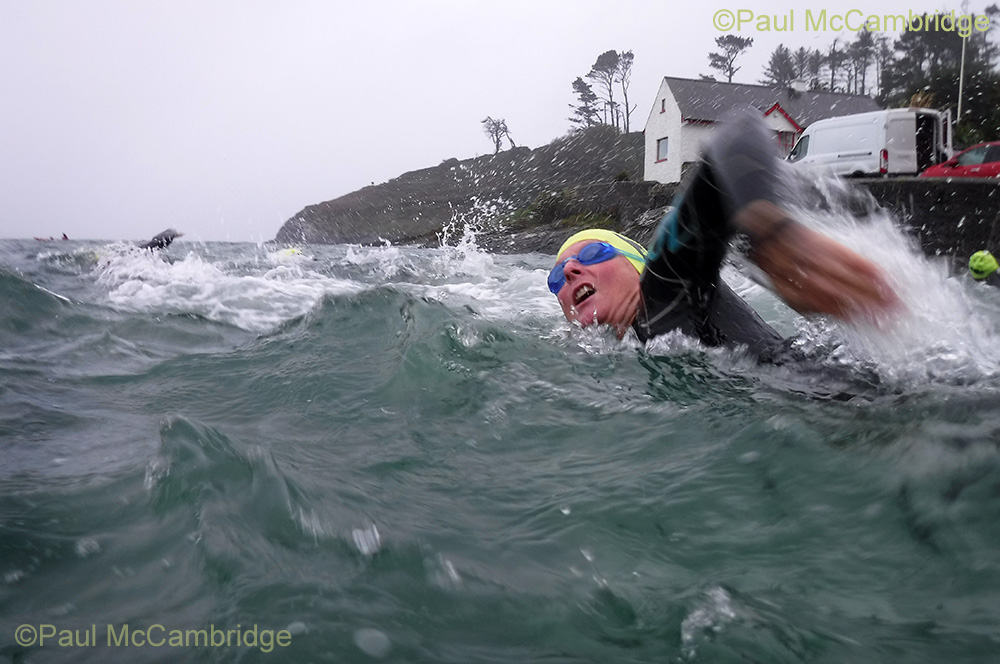
Cap
Great for seeing clearly underwater, keep your eyeballs from feeling as if they are going to freeze and generally for seeing where you are going. They have a nasty habit of steaming up, though, so prepare them beforehand (with a smear of baby shampoo then wipe dry) or a generous amount of spit may be required.
Goggles
Keeps hair out of your eyes, can help to minimise water in the ears (when pulled down enough) and provides a layer of insulation (there are times when you are glad of that few millimetres of silicone). Caps come in a range of types, styles and of course colours, if sea-swimming go for bright neon’s which are more likely to be seen. Silicone caps beat latex for thickness and insulation and are less likely to tear. Neoprene hoods tend to be favoured by triathletes and some winter swimmers, they give more insulation but swimmers used to caps may find the chin strap inhibiting.
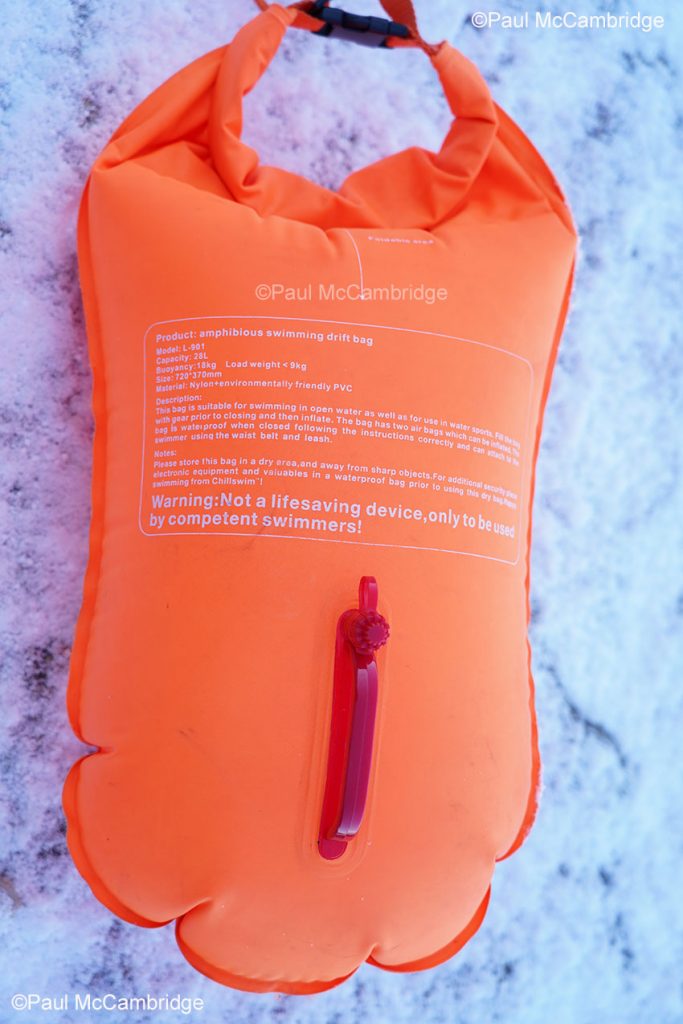
Tow Float
Tow floats are NOT life-saving devices so do not rely on them for that purpose. They do, however, make a swimmer much more visible to other water traffic. They can also be used if you need a short rest on a long swim but remember that your temperature will drop very quickly when you are inactive in the water.
Again, the most important piece of equipment is yourself; your own competence and judgement.
CHANGING TOWEL
Keeps you decent on busy beaches and provides something of a windbreak. There are many on the market and budget is your only limitation – I still love my trusty hand-crafted version, modelled on the ones mum made for my brothers and me when we were small.
HOT WATER BOTTLE
Part of my essential winter kit, either already filled with my socks tucked inside the cover (heavenly!) or a spare flask of hot water ready to fill it when I get out.
FLASK OF HOT BEVERAGE
Smooth, creamy and indulgent hot chocolate is a popular choice but any warm drink is a great way to warm up after a swim. Most will accompany this with a sweet snack.
THERMAL UNDIES
Not the most flattering but they are simply great.
VERY WARM BOOTS
For after the swim, especially winter swims, a fleece-lined boot you can pull on is oh so nice – I’ve been known to stuff disposable hand warmers into my socks too!
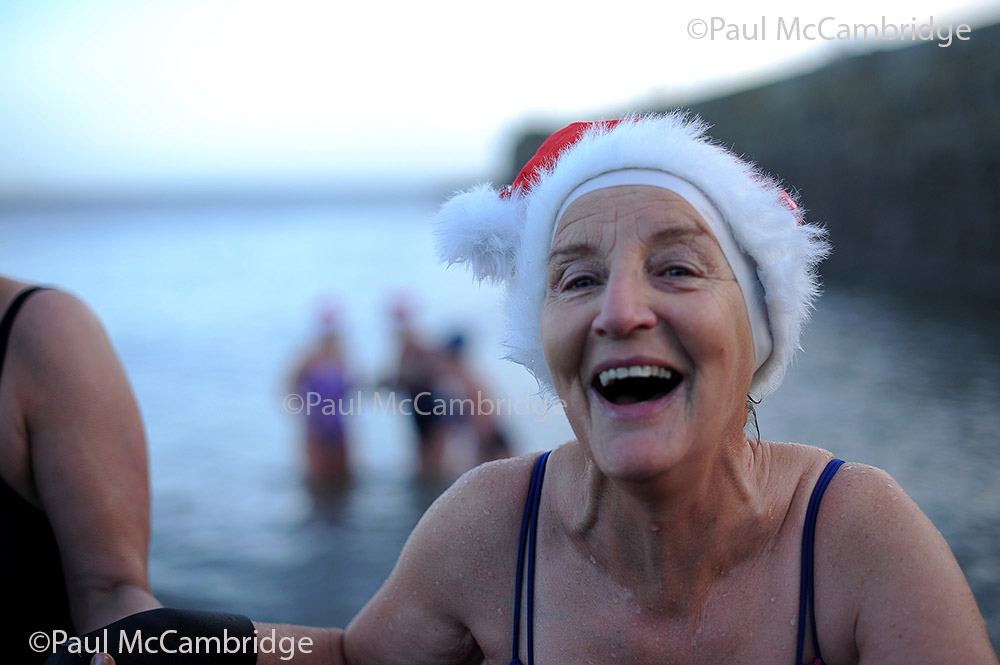
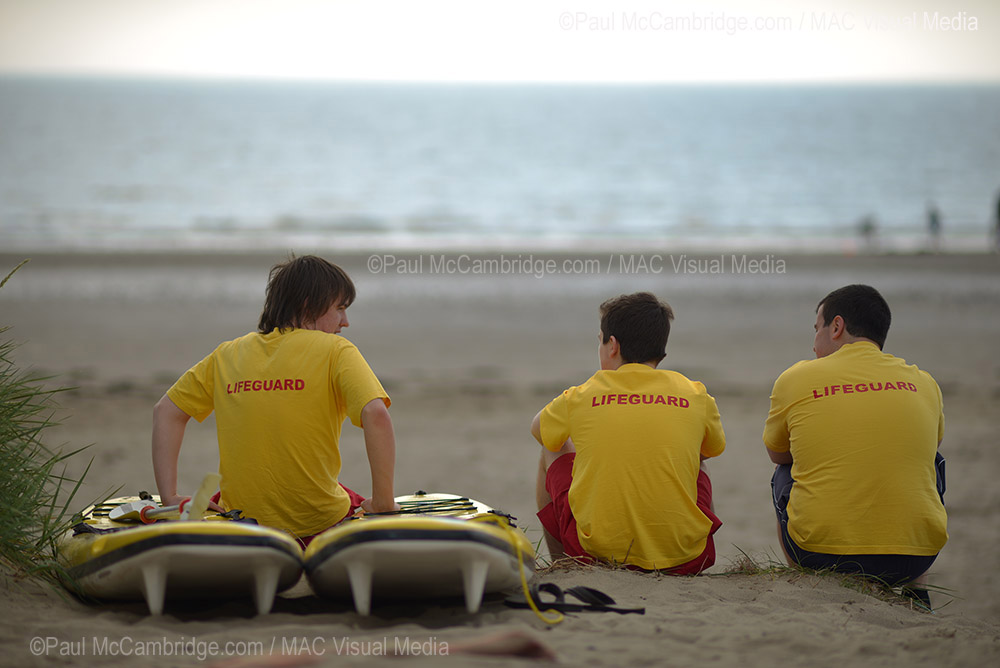
Best Reasons To Swim Outdoors
“Going swimming” now means a day trip to the beach or lake or mountains with a warm-up drink and scone after, or better still the pub where you can cosy up to the fire sipping Guinness. (Let us hope those times return!)
Boosts the immune system; this is not yet backed up by medical evidence but any year-round swimmer will tell you when they swim through the winter they simply don’t get a cold. (Since time of writing there has been increased research into health benefits of cold water swimming.)
Feel good factor – undoubtedly the best reason for doing it is that it’s fun!
Excerpt from Wild Swimming in Ireland 2016, ISBN 978-1-84889-280-4
